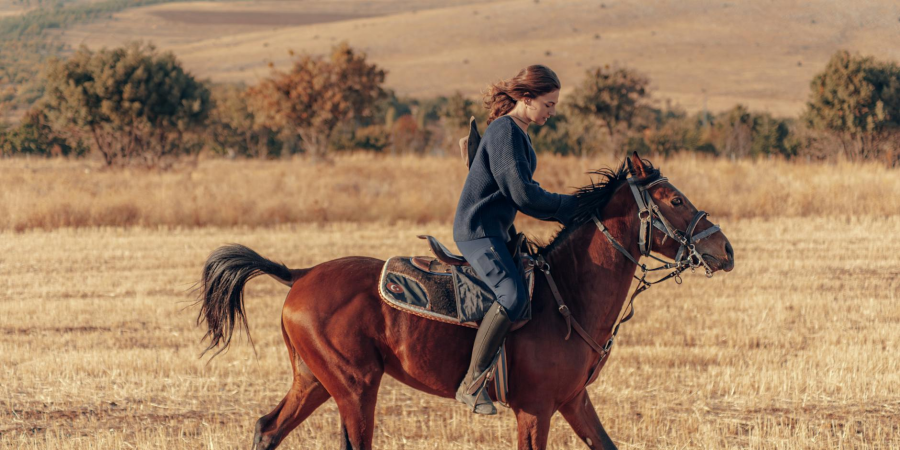

Equestrianism, or horseback riding, is the practice of driving, steeplechasing, vaulting, or riding horses. One of the most varied and ancient sports, it is played for recreation, transportation, agriculture, and combat, among other purposes. Here are some essential elements of riding a horse:
1. **Types of Riding:** - **English Riding:** Designed for events, show jumping, and dressage, among others. It stresses having a strong relationship with the horse; riders use saddles and frequently clear obstacles.
- **Criminal Riding:** It comes from the American West and is used in western pleasure riding and rodeo competitions. It is distinguished by a deeper saddle with a horn.
- **Trail Riding:** Riding horses on trails outside is a common way to relax and take in the scenery.
* Endurance Riding: Long-distance competitions over diverse terrain put the stamina of both the horse and the rider to the test.
2. **Equipment:** - **Saddle:** Dependent on riding type, this saddle is essential for rider comfort and control.
- **Bridle:** Consists of the reins and bit (a metal mouthpiece) used to manage the horse.
- **Helmet:** A must-have piece of protective gear to guard against head trauma.
- **Sturrups and Boots:** Offer support and shield the rider's feet.
3. **Advantages:** - **Physical Fitness:** Coordination, balance, and core strength are necessary for riding.
- **Bond with the Horse:** Fosters a special relationship between the rider and the equine.
- **Mental Benefits:** May relieve stress and be soothing.
**Skill Development:** Acquiring the ability to interact with and manage a huge animal.
4. **Tricks for Riding:** - **Posture:** Good posture guarantees equilibrium and efficient communication with the equine.
- **Aids:** Communicate orders and signals to the horse by using your hands, seat, and legs.
- **Gaits:** Varying velocities of motion (walk, trot, canter, and gallop) that necessitate distinct footwork and equilibrium.
5. **Safety Considerations:** - **Training:** Proper training and progressive improvement in skill level.
- **Equipment Maintenance:** Consistent fitting and examination of equipment.
- **Knowing the Horse:** Familiarity with the body language and behavior of horses.
6. **Competitive Aspects:** - Horseback riding is a sport with multiple levels of competition, ranging from regional events to global titles.
- Disciplines differ in their regulations and standards of evaluation.
For many aficionados, riding horses is a way of life rather than just a sport or leisure activity. It calls for commitment, endurance, and a great deal of respect for the horse as an undertaking partner.
Hunters' compliance with an ideal standard of etiquette, style, and demeanor is subjectively assessed. On the other hand, jumper classes are totally numerically scored, with the score being determined only by the horse's ability to attempt the obstacle, clear it, and complete the course within the designated time. Since style is not a criterion for evaluation, jumper courses are typically far more intricate and technical than hunter courses. Courses are frequently vibrant and occasionally extremely imaginatively created. The height of jumper courses can vary from 0.80 meters to 1.60 meters.
